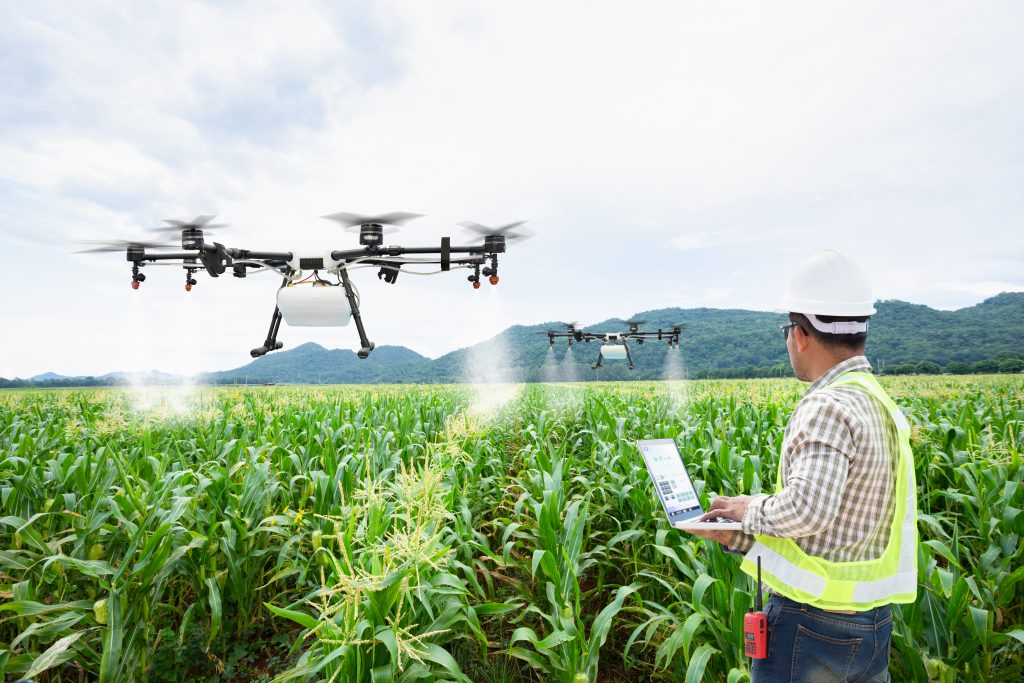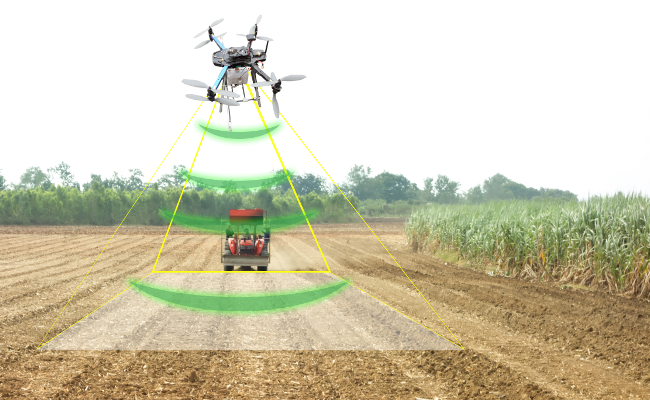Precision
Accurately spray the exact amount of pesticide or herbicide needed, reducing waste and saving money
Efficiency
Cover large areas quickly and efficiently, reducing the amount of time and labor required for crop spraying.
Safety
Reduce the need for farmers to handle hazardous chemicals, reducing the risk of exposure and improving overall safety.
Flexibility
Programmed to follow specific flight paths and spray patterns, allowing for precise and consistent coverage.

